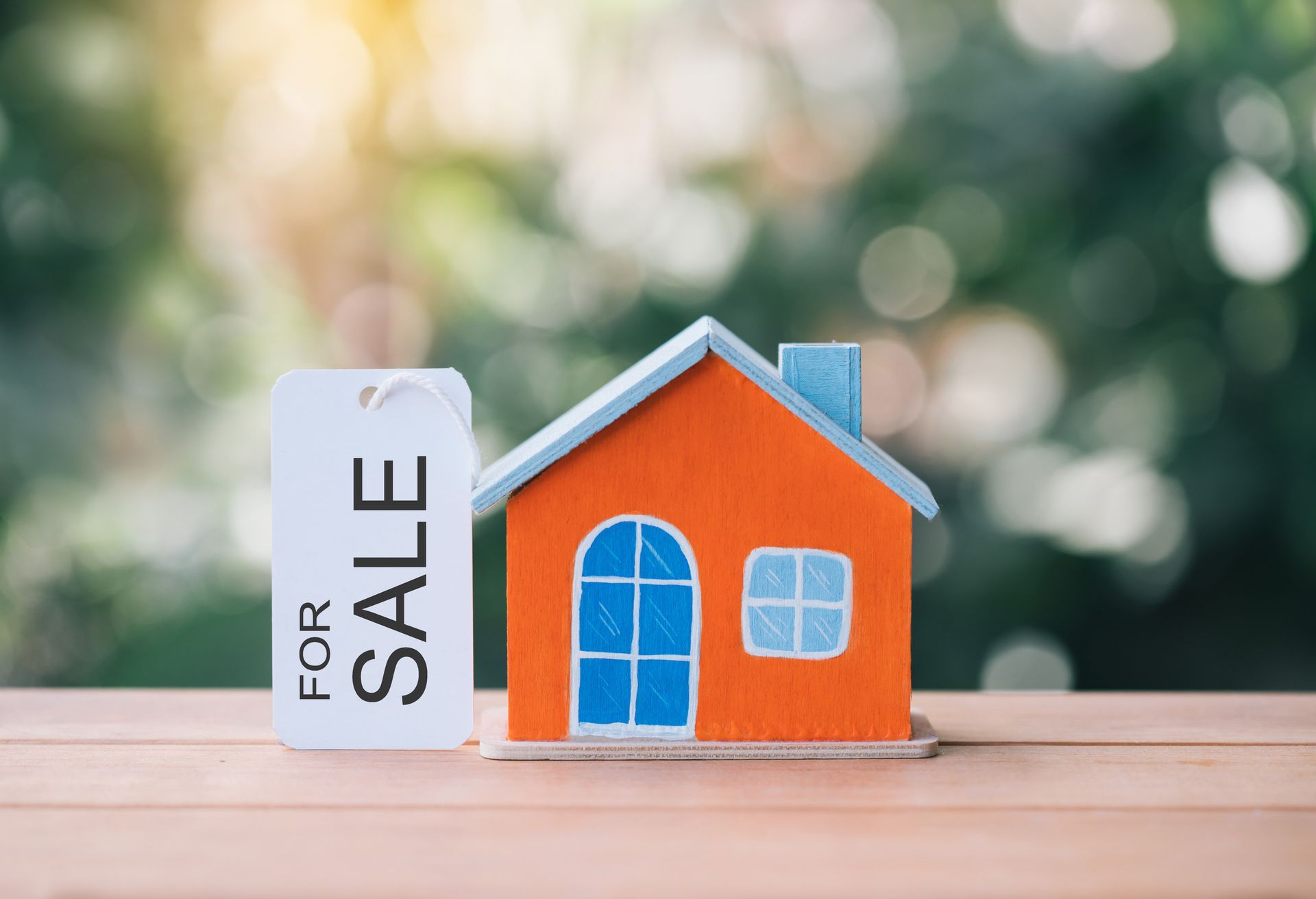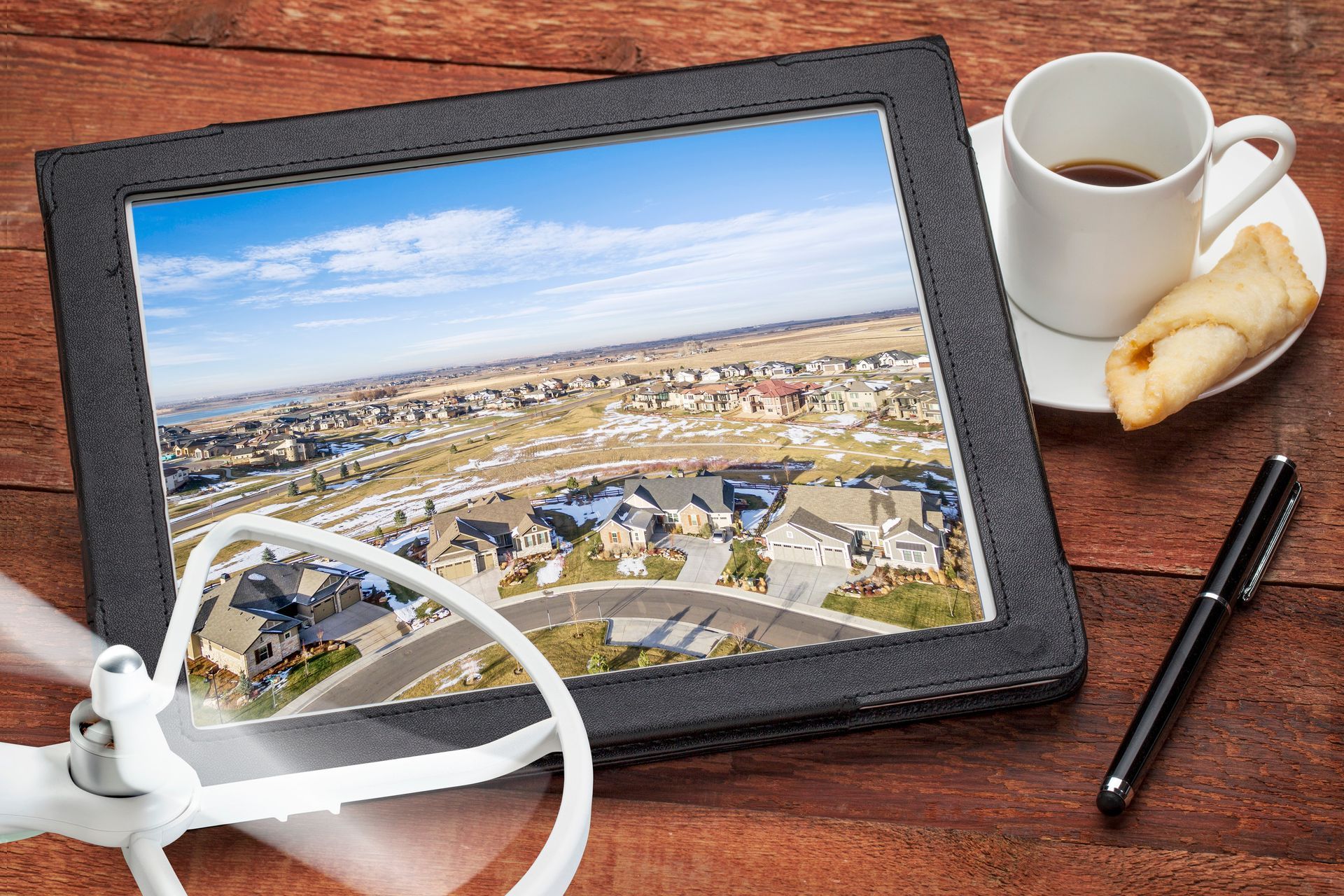How to Close a Sale: Tips, Techniques & Why They Work
How to Close a Sale: Tips, Techniques & Why They Work - Premier Realty Services
The path to closing a real estate sale is as nuanced as it is vital. It’s not just a matter of knowing the market or having a portfolio of properties. It's about mastering the fine art of the sales process. From the initial greeting to the signing of the paperwork, a real estate agent must employ various techniques and strategies that not only lead to a successful close but also forge a lasting bond with the client.
Selling a home goes beyond the transaction; it's about helping clients realize their dreams and goals. Here’s a comprehensive exploration of how real estate agents can master the close of a sale, why these methods are effective, and how they can innovate in this dynamic field.
Understanding the Sales Process
In the world of real estate, the sales process is not a straight line; it is an intricate dance that involves numerous steps. Understanding and navigating these steps with finesse is crucial for any real estate agent. The process generally includes:
- Building Rapport: Establishing a strong, trusting relationship with the client from the get-go. This involves active listening, empathy, and a genuine interest in their needs and desires.
- Identifying Needs: Carefully determining what the client is looking for in a property, including size, location, budget, and specific features.
- Showcasing Properties: Presenting properties that closely match the client's needs, highlighting their benefits and how they fit into the client's lifestyle and goals.
- Overcoming Objections: Skillfully addressing any concerns or objections the client may have about a property or the buying process, using facts, reassurance, and sometimes a bit of negotiation.
- Closing the Deal: Guiding the client through the final steps of the purchase, including the offer, negotiation, and paperwork, ensuring a smooth and satisfactory transaction.
Building Rapport with Clients
Rapport is the bedrock of any sales relationship. It's about trust, understanding, and the ability to connect with your clients on a personal level. How do you build it?
- Active Listening: Show genuine interest in your clients' stories, worries, and dreams. This isn't just about waiting for your turn to speak but truly understanding their perspective.
- Common Ground: Find shared interests or experiences. This could be anything from a shared love of a particular architectural style to similar family dynamics or hobbies.
- Follow-up: Keep in touch with clients through regular, non-intrusive communication. This could mean sending articles of interest, market updates, or just checking in to see how they're doing.
- Personalization: Tailor your interactions to fit each client. Remember details about their lives and preferences, and use these to make each client feel special and understood.
- Empathy: Demonstrate that you understand and care about the emotional rollercoaster that buying or selling a home can be.
Effective Communication Strategies
Communication is a two-way street, especially in the real estate business. It's not only about conveying information but also about understanding the client's perspective.
- Clarity and Conciseness: Ensure that all communications are clear and to the point. Avoid real estate jargon that might confuse clients, and simplify complex processes into understandable steps.
- Listening and Responding: Actively listen to what clients are saying and respond thoughtfully. Address their concerns, answer their questions, and provide solutions or alternatives when necessary.
- Follow-up Communications: Regularly touch base with clients through emails, phone calls, or meetings to keep them informed about their transaction's progress and to remind them that you are there to support them.
- Non-verbal Cues: Pay attention to body language and non-verbal signals during face-to-face interactions. These cues can often tell you more about how a client is feeling than their words alone.
- Personalized Messages: Customize your communication based on the client’s preferences, whether they favor texts, emails, phone calls, or in-person meetings. Tailoring your approach shows respect for their time and comfort.
Negotiation Techniques
Negotiation in real estate hinges on creating a win-win situation. It's about finding a solution that benefits both the buyer and the seller.
- Understand the Other Party's Needs: Before entering negotiations, research and understand the needs, limitations, and priorities of both the buyer and seller. This knowledge is crucial for crafting an appealing offer.
- Build Rapport: A strong relationship established during earlier stages of the sales process can ease negotiations. People are more likely to be flexible and open with someone they trust.
- Effective Use of Silence: Silence can be a powerful tool in negotiations. It gives both parties time to consider the offer and can lead the other party to speak first or offer concessions.
- Know When to Compromise: Recognize which points you are willing to compromise on and which are non-negotiable. This flexibility can lead to a successful negotiation for both parties.
- Use Objective Criteria: Base your negotiation stance on objective, quantifiable criteria. This could include market trends, appraisals, and other factual data to support your position.
- Be Prepared to Walk Away: Know your client's minimum requirements and be prepared to walk away if these are not met. This determination can sometimes lead to better offers from the other side.
Utilizing Technology Tools
The real estate landscape is continually evolving with technological advancements. Agents who harness the power of these tools can streamline their processes and provide a more accessible experience for the client.
- Customer Relationship Management (CRM) Systems: Utilize CRMs to organize client information, manage leads, and streamline communications. This ensures no detail is overlooked and enhances client engagement.
- Virtual Tours and Augmented Reality: Offer virtual property tours and augmented reality experiences to clients. This can be particularly beneficial for out-of-town buyers or in situations where physical viewings are not feasible.
- Social Media Platforms: Leverage social media to market properties, share success stories, and engage with potential clients. Platforms like Instagram, Facebook, and LinkedIn are powerful tools for reaching a broad audience.
- E-signature Tools: Implement e-signature software to expedite contract signings and other paperwork. This not only speeds up the process but also adds convenience for clients.
- Mobile Apps: Recommend real estate mobile apps to clients for searching properties, comparing prices, and visualizing future home improvements. Apps can provide clients with useful resources and enhance their buying experience.
- Data Analytics Tools: Use data analytics to gain insights into market trends, client preferences, and the performance of your listings. This information can help in making informed decisions and tailoring strategies to meet client needs.
Why These Techniques Work
Understanding why certain sales techniques are effective means grasping the psychology behind the process.
- Trust Building: Establishing trust creates a foundation for open communication and mutual respect, essential for navigating the complex emotions and decisions in real estate transactions.
- Personalization: Tailoring the approach to each client’s unique preferences and needs makes them feel valued and understood, increasing their satisfaction and loyalty.
- Active Listening: Demonstrating genuine interest and understanding in clients' concerns and desires validates their feelings and fosters a stronger connection.
- Clear Communication: Ensuring information is communicated clearly and concisely helps demystify the buying or selling process, making clients feel more confident and in control.
- Empathy: Recognizing and validating the emotional aspects of buying or selling a property helps clients feel supported and less stressed throughout the process.
- Problem-Solving: Being proactive in identifying and addressing potential obstacles or concerns demonstrates competence and reliability, reassuring clients.
- Follow-Up: Regular and thoughtful communication keeps clients engaged and informed, highlighting an agent's dedication to their needs even after the transaction is complete.
Conclusion
Closing a real estate sale is an art form, blending strategic techniques with genuine human connection.
By understanding the sales process, building rapport, communicating effectively, negotiating skillfully, and leveraging technology, real estate agents can become top performers in their field.
Remember, it's not just about closing a sale; it's about building a legacy of satisfied clients who trust you to help them find their place in the world.
About Premier Realty Services
Now that you have understood the importance of virtual staging in your listings, you must look for a professional virtual staging service provider. Premier Realty Services offers varied realty services, including luxury real estate photography, virtual staging, sign storage and placement, 3D tours, and real estate sign printing. Our clients choose us because we make things easier for them by providing dependable and quality service.
All they have to do is tell us what they need, when they need it, and where — we will take care of the rest.
For more information about our
real estate videographer, call us at
281.800.4898 or write to
help@prstx.com.













